‘Like Ali Bastian, my cancer was discovered while breastfeeding’
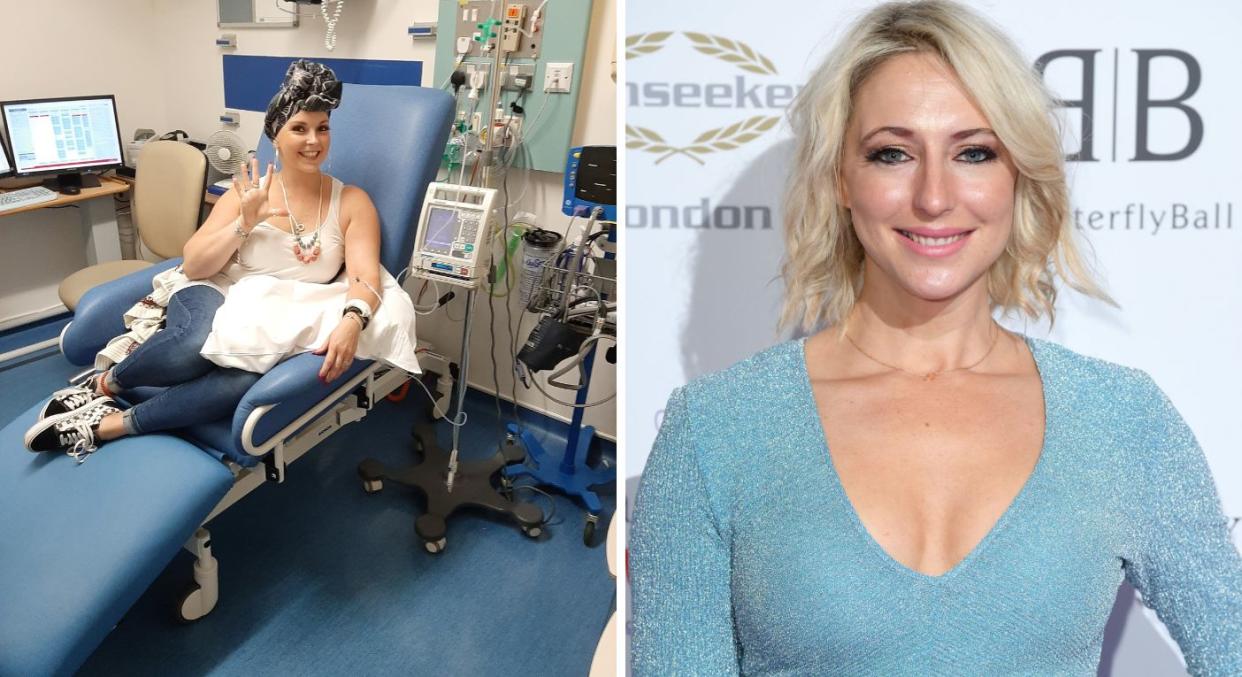
A mum has revealed how her cancer was discovered while she was breastfeeding, just like Hollyoaks star, Ali Bastian.
Bastian revealed she has been diagnosed with stage 2 breast cancer after discovering a lump while nursing her daughter Isabella.
The actor, 42, is now in the midst of weekly chemotherapy treatments for five months, before a mastectomy and radiotherapy treatment.
Like the former soap star, Amy Palmer, 35, a presenter, from Paignton, Devon, was also surprised to notice a small lump on her right breast when she was feeding her son, Lenny, now six.
While doctors initially believed she had a blocked milk duct, Palmer says she “just knew it was something more serious.”
Just six weeks later a biopsy and ultrasound confirmed she had stage two, grade three breast cancer.
She had to undergo a lumpectomy, six rounds of chemotherapy and 18 rounds of radiotherapy, before initially going into remission.
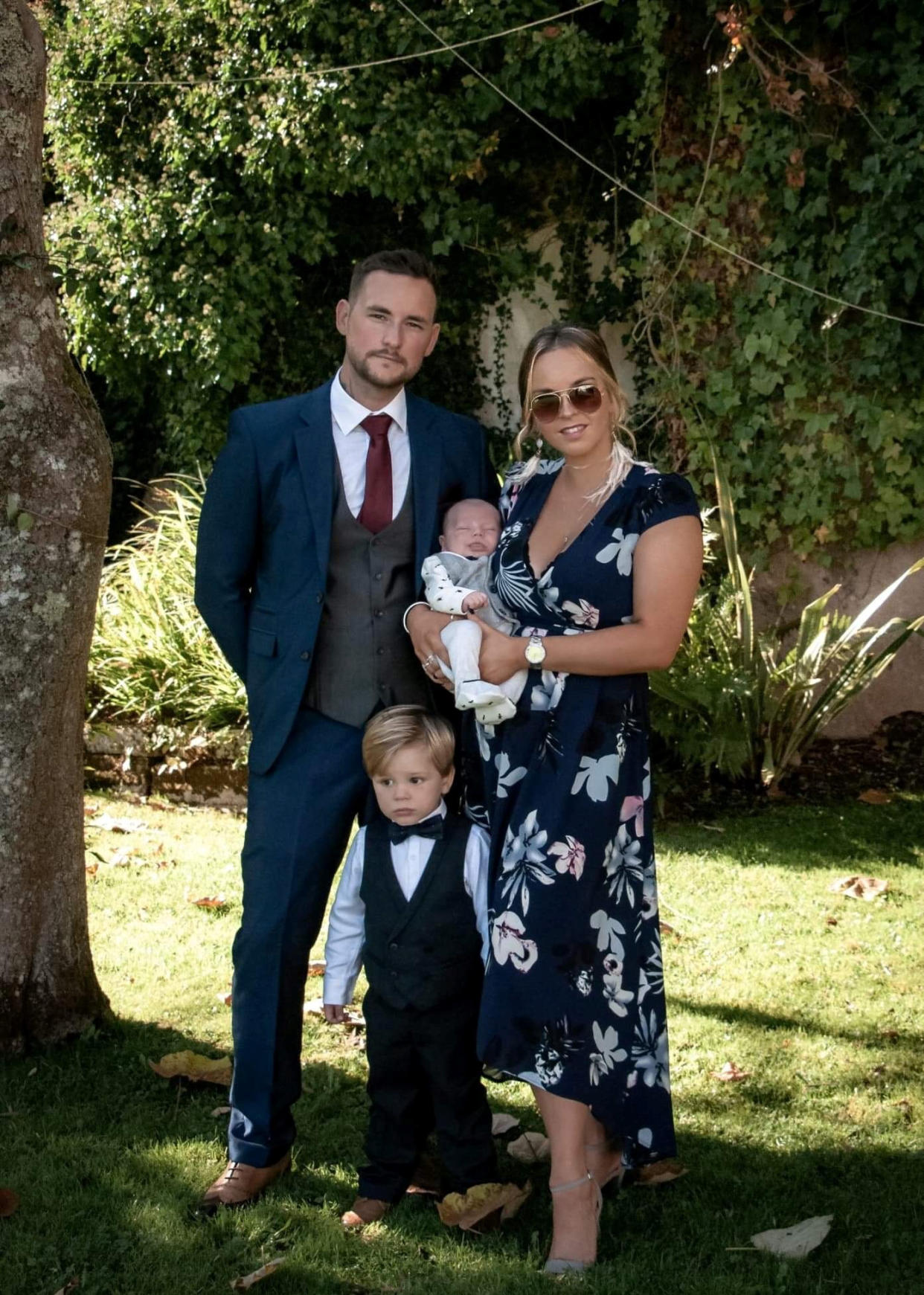
In March, 2019, Amy found a 25mm lump, while breastfeeding Lenny, who was five months old at the time.
A few weeks later she visited her GP who told her it could be due to a blockage in her milk duct.
“He reassured me it probably wasn’t as bad as I thought - and prescribed a course of antibiotics," Palmer explains.
“I took the antibiotics for 14 days - but I know my own body, and just knew something else was at play.”
After a two-week wait for her next appointment, Palmer noticed the lump was still there, though it hadn’t changed.
The breast care unit said it was “likely a cyst”, but sent her for a biopsy and ultrasound, just to be sure.
When the results came back Palmer was asked back to the hospital that afternoon.
“I immediately knew what they were going to say,” she says.
But that didn't stop Palmer and her partner Colin, 40, bursting into tears when it was confirmed.
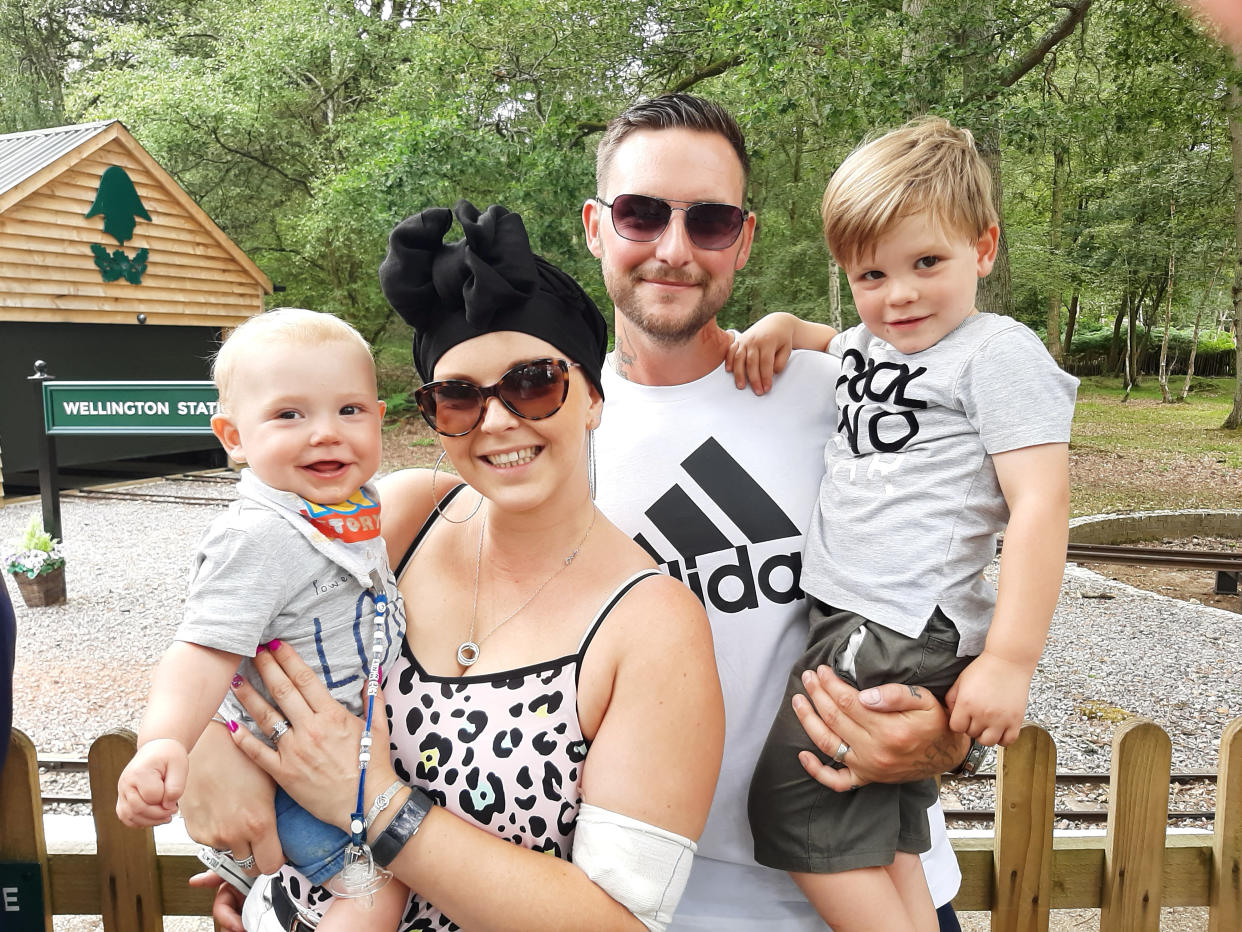
Six weeks after her diagnosis Palmer's treatment began with a lumpectomy, followed by six rounds of chemotherapy and 18 rounds of radiotherapy, two weeks after the surgery.
She was in remission for three years, and went for yearly mammograms up until May 2022, when doctors spotted a mass on the same breast.
A chest x-ray and blood tests revealed “nodules” on her lungs - after being referred back to the breast care unit, doctors confirmed the cancer had returned.
“I immediately thought to myself: ‘This is it, this is my last fight.’
“I really thought it would be stage four, this time."
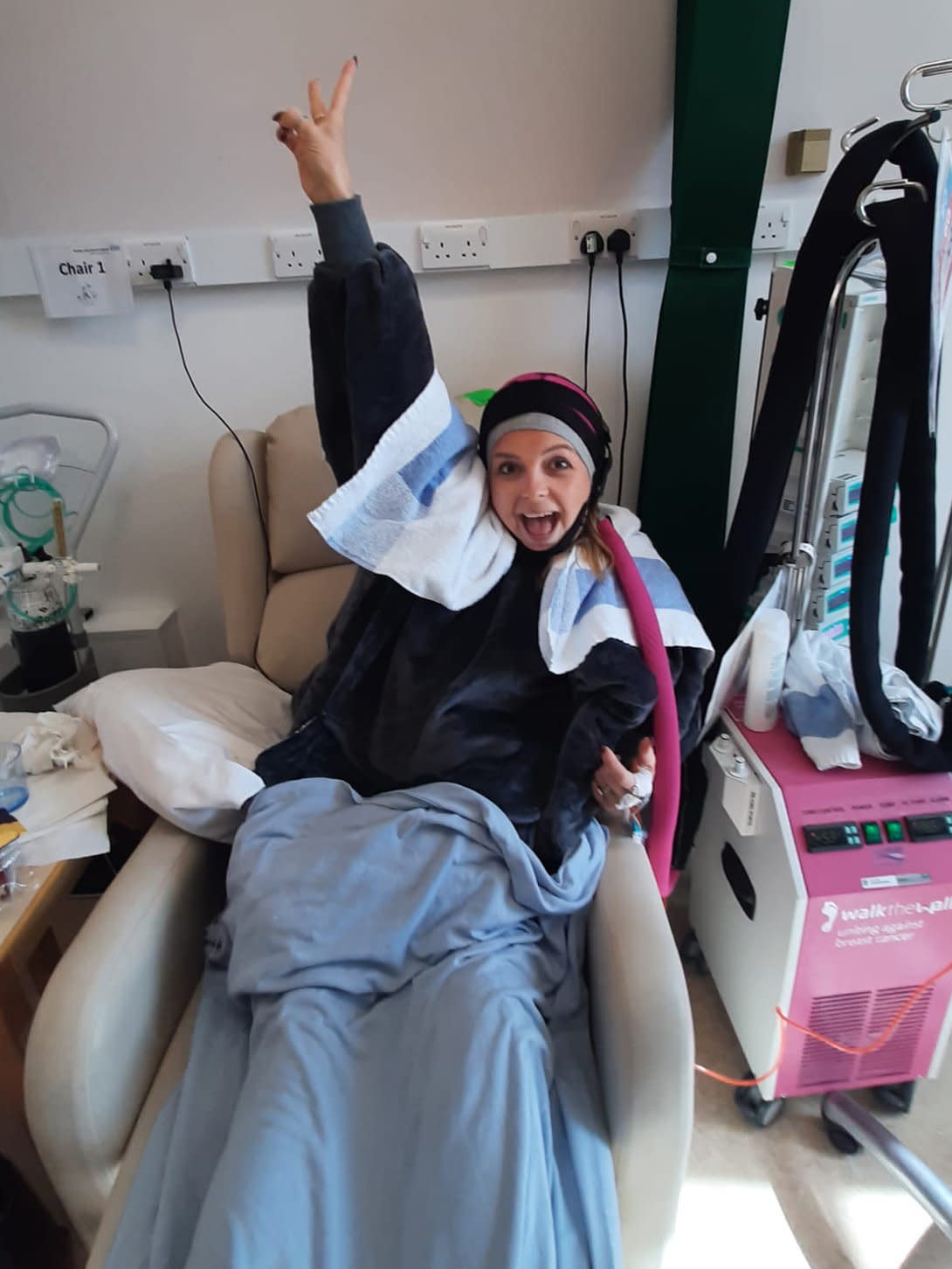
But in fact it had returned at stage two, grade three once again with Palmer undergoing a double mastectomy and six further rounds of chemotherapy.
“To be honest, I was very, very lucky.”
The “nodules” have now gone from her chest, but doctors haven’t yet confirmed her to be in “remission.”
“Two years on, I’m doing alright so far,” she says.
Now, the mum is offering words of support to Ali Bastian, and hopes that the sharing of her story will encourage other women to look out for changes in their breasts.
"Ali’s diagnosis is proof that we should all be doing our monthly breast checks as often as we can.
“I didn’t check my breasts monthly - until my diagnosis in 2019.”
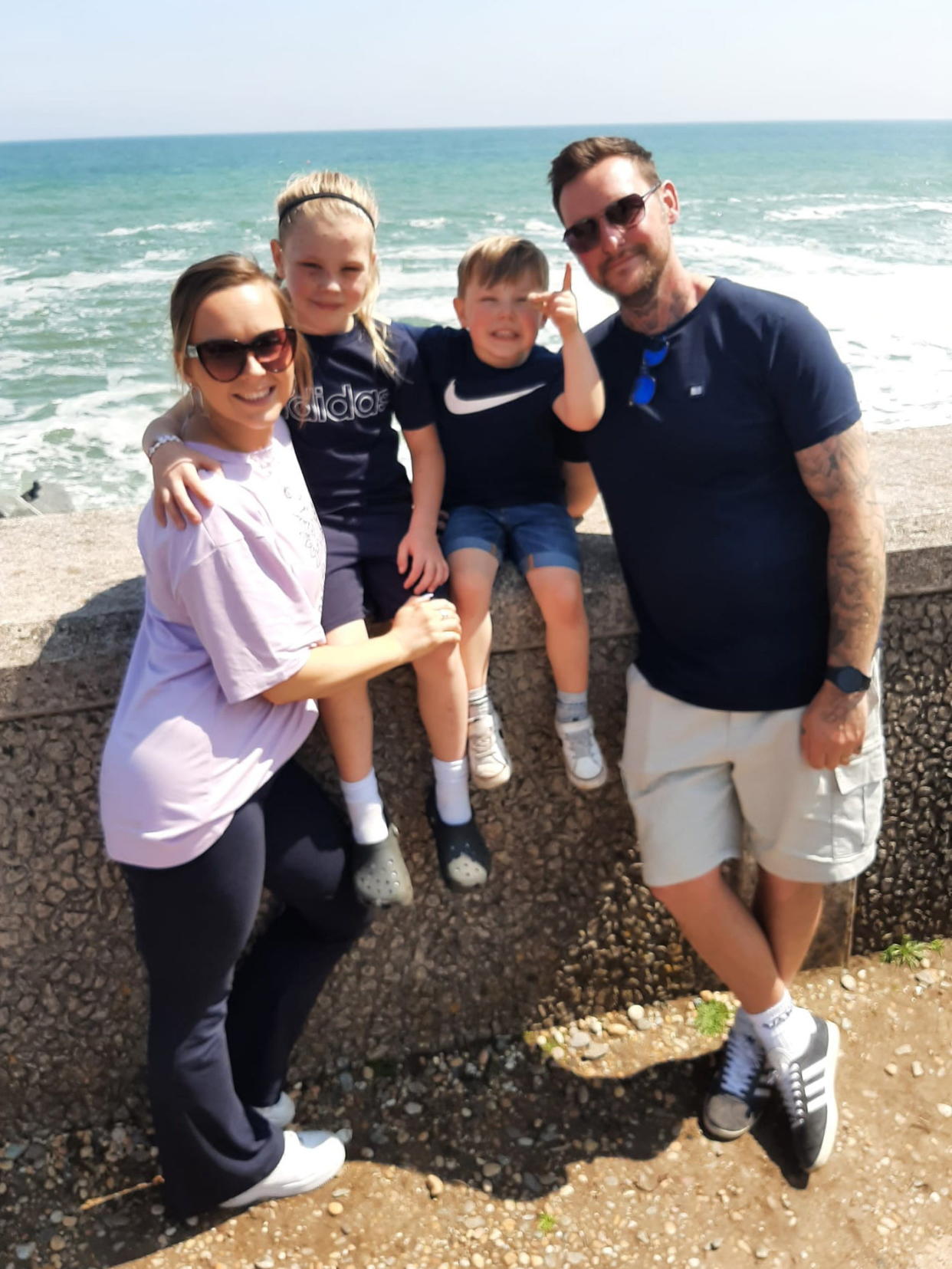
How to be breast aware
Whilst most women will worry about how and when to check their breasts the easiest way to think about it is to be breast aware.
"When you are washing and showering, putting on your moisturiser you will be checking without thinking.," explains Rachel Rawson, lead cancer nurse specialist at Perci Health, the UK's first virtual cancer care clinic.
She recommends getting used to looking at yourself in the mirror, so you can then see under the breast.
"Remember your breast tissue goes up to your collarbone and under your arms. If you notice something different or new, always have it checked by a doctor," she adds.
Rawson says when you are checking your breasts you are not just checking for lumps you are checking for anything that is different and new from your normal.
"Women’s breasts change throughout life - as we reach puberty, have periods, use hormone based contraception, pregnancy and during the menopause," she explains. "It’s always important to think about where you are at through these changes as your hormones will influence how your breasts feel.
"Before a period you may get lumpiness in one or both breasts and this will settle down for most people after a period. Sometimes breasts are generally lumpy all the time.
"So it’s about getting to know your breasts and if you are concerned you should see your doctor. Remember most breast changes will be nothing to worry about."
Checking your breasts while breastfeeding
Rawson advises trying to be aware of any unusual changes to your breasts when you’re breastfeeding.
"It’s normal to find lumps in your breasts at this time," she says. "It can sometimes be caused by a milk gland in your breast becoming blocked.
"However, if you notice any unusual changes, get them checked by your doctor."
Signs and symptoms of breast cancer include:
A lump or swelling in the breast, upper chest or armpit
A change to the skin, such as puckering or dimpling
A change in the colour of the breast – the breast may look darker, red or inflamed
A nipple change, for example it has become pulled in (inverted)
Rash or crusting around the nipple
Unusual liquid (discharge) from either nipple
Changes in size or shape of the breast
On its own, pain in your breasts is not usually a sign of breast cancer. But look out for pain in your breast or armpit that’s there all or almost all the time.
As well as lumps, there are some less common breast changes that people might not notice. However if you are breast aware and regularly check your breasts you will know whether it is something different and new or something that is normal for you.
Remember most breast changes are not cancer.
So how often should you be checking your breasts?
"Some people have a regular time when they like to check their breasts; this might be after a period," Rawson says. "This only works though if you are having periods and if they are regular. It’s much better just to be breast aware so that you know what’s normal for you."
Breast Cancer Now and Coppafeel have good guides.
If you do find something suspicious, contact your GP, they may want to see you in person.
They also may suggest waiting a few weeks to see if things settle down or they might refer you to a breast clinic.
Additional reporting SWNS.
Cancer: read more
‘A hug from my son detected my breast cancer and may have saved my life’ (Yahoo Life UK, 5-min read)
'I was diagnosed with the exact same cancer as my mum' (Yahoo Life UK, 6-min read)
‘The symptom that lead to my breast cancer diagnosis’ (Yahoo Life UK, 5-min read)


